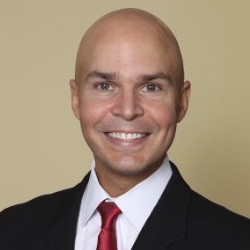I stumbled on a Metro Verdicts Monthly from last year that examined the success plaintiffs have at trial in slip and fall cases on snow and ice. In Maryland, defendants prevailed 62% of the time.
The difficulty in these cases often lies not with whether the defendant was negligent, but whether the plaintiff assumed the risk because he/she appreciated the danger of walking on the snow/ice. Under Maryland law, this is the assumption of the risk, unless the plaintiff lacked the free will to avoid the danger. This is presumably the case when going to work, entering or leaving your home, and tending to other necessities of life. That no reasonable alternative path was available does not reduce the free will standard.
 Maryland Injury Law Center
Maryland Injury Law Center


